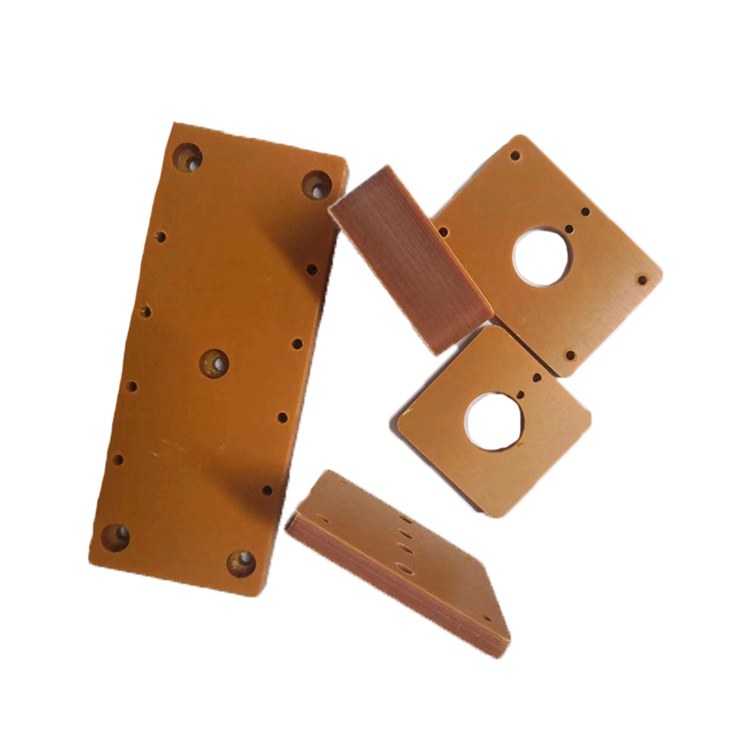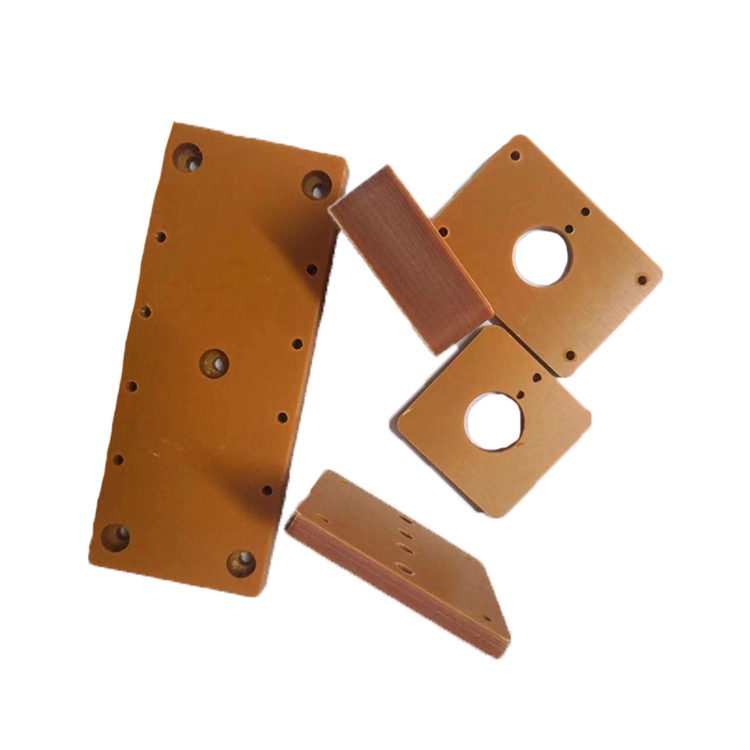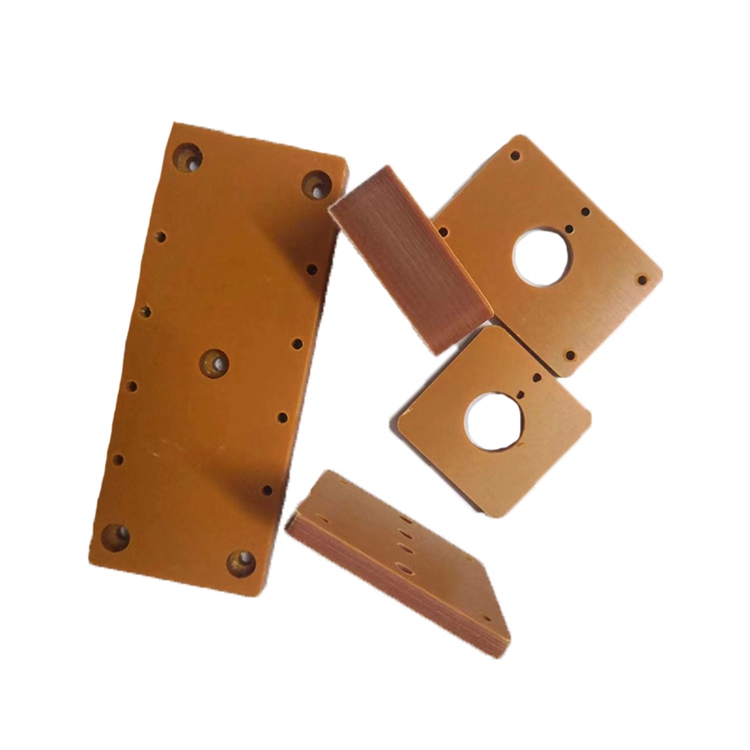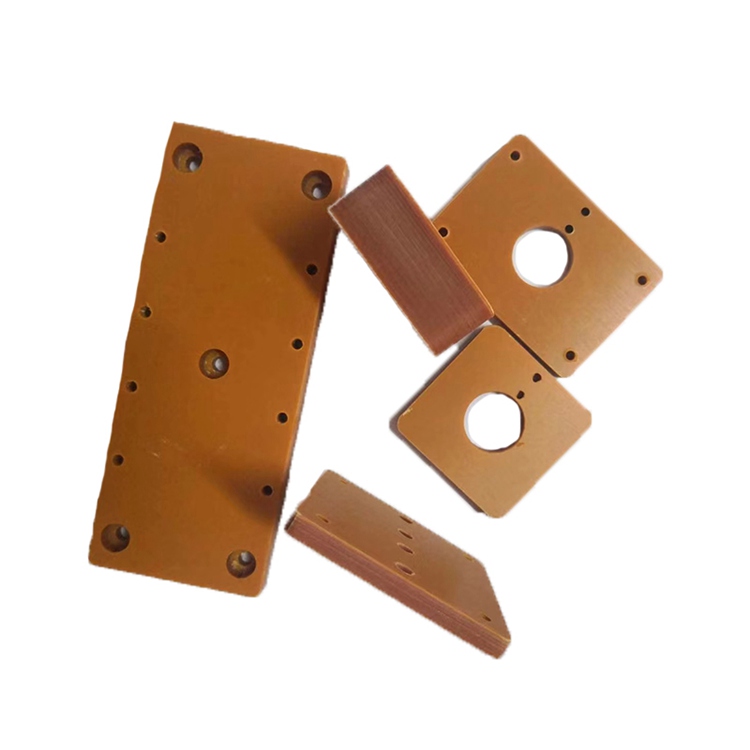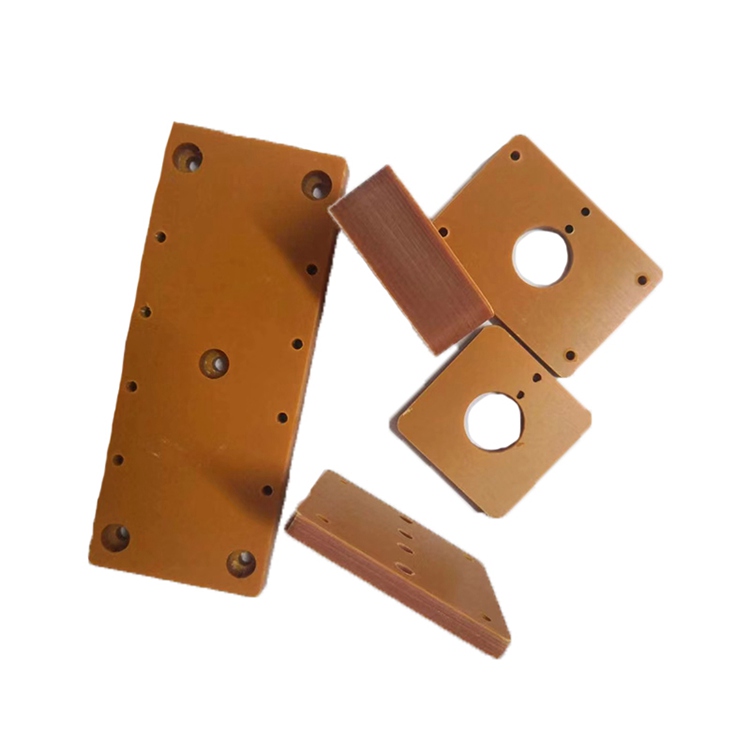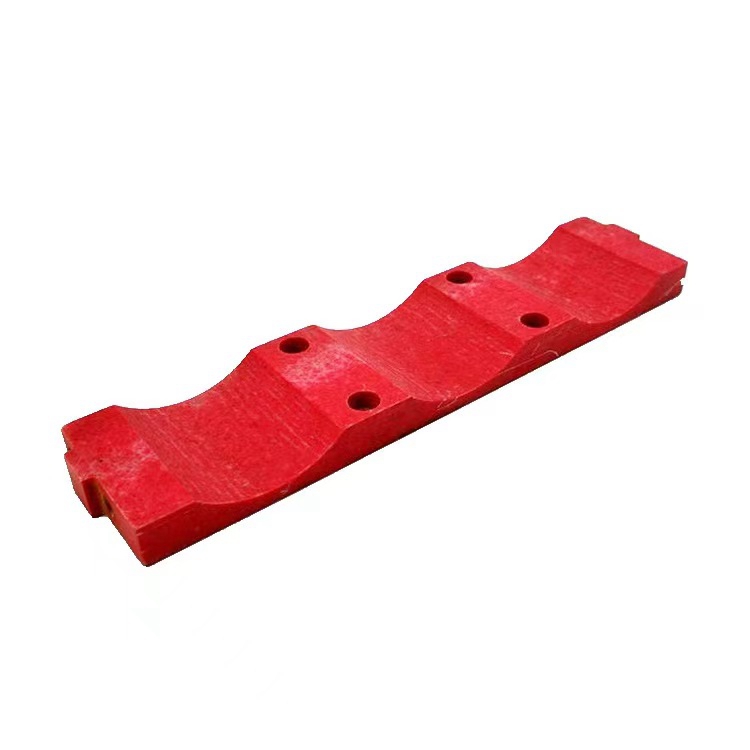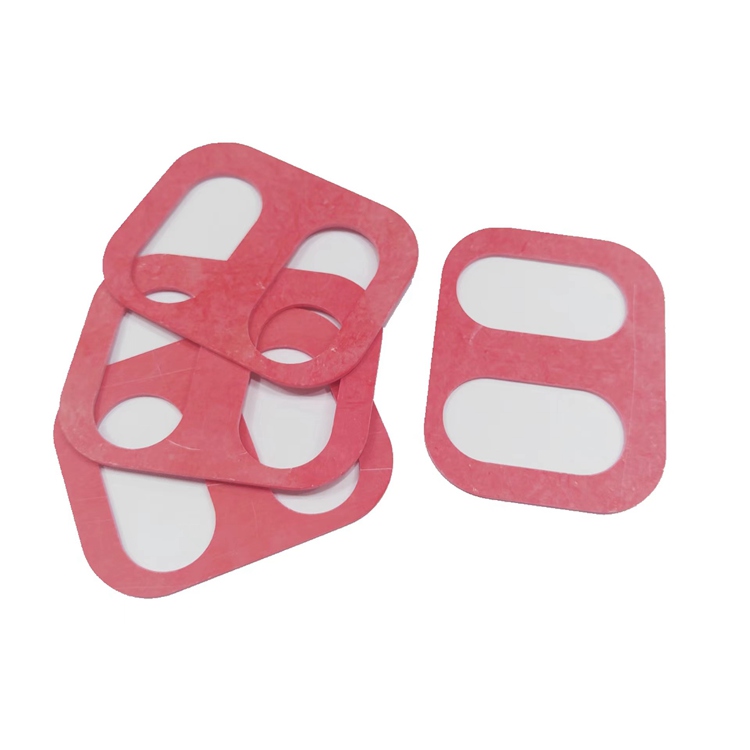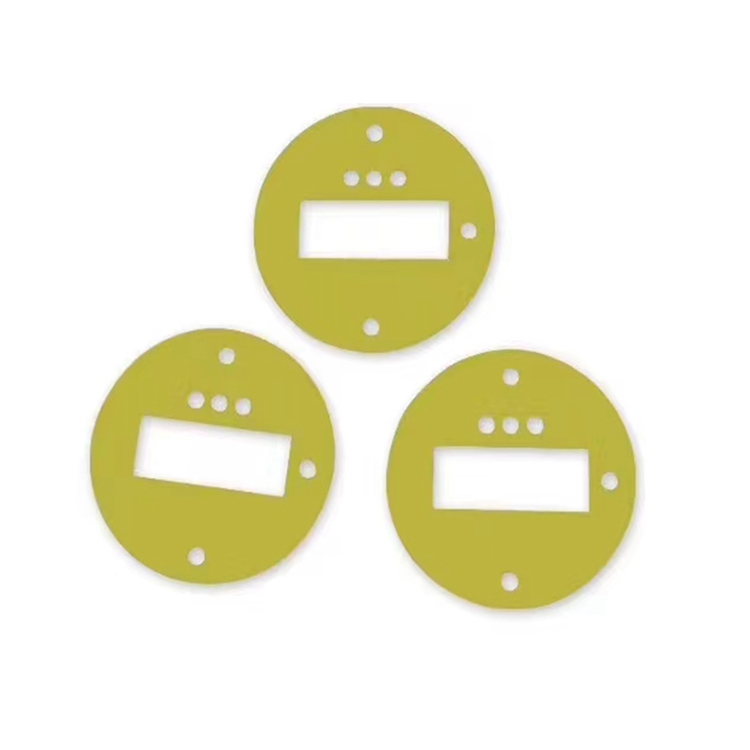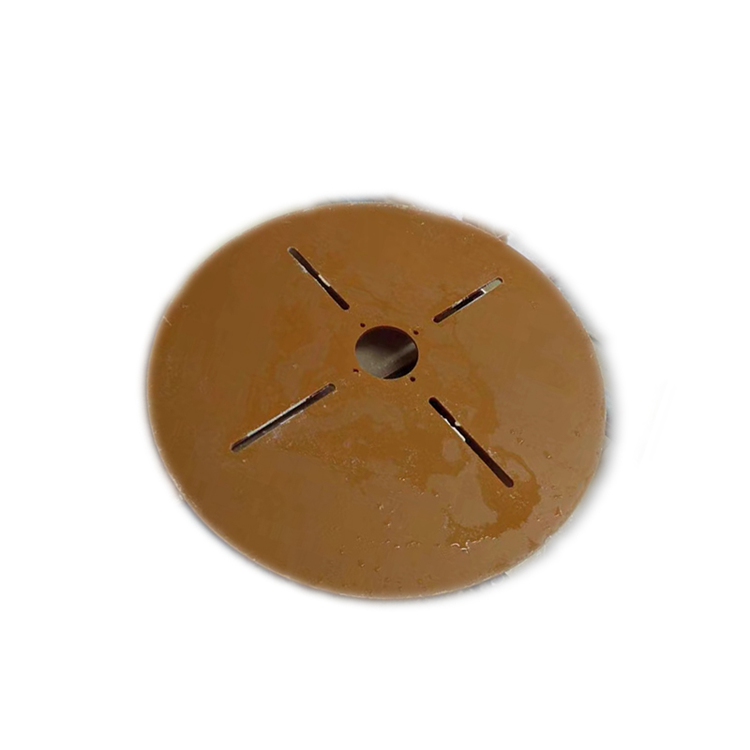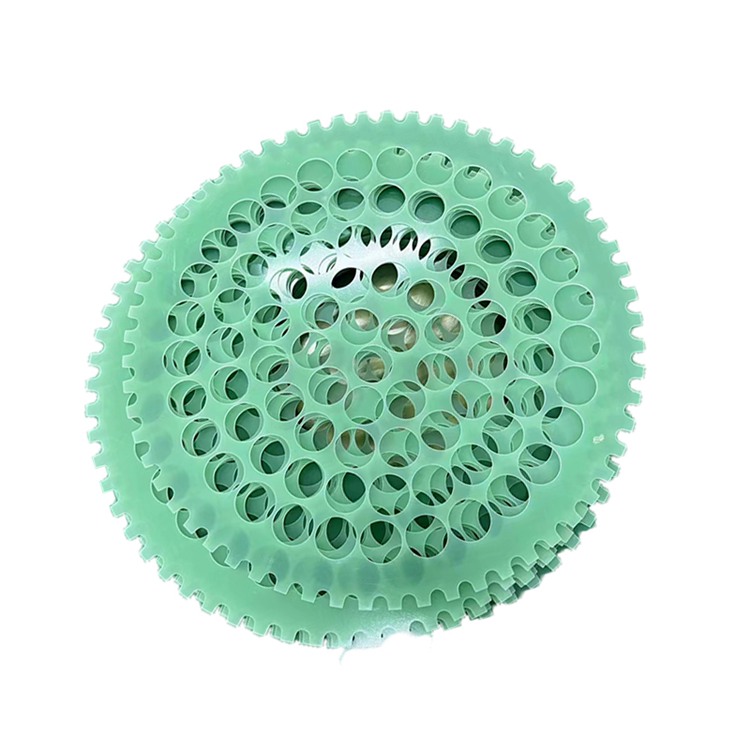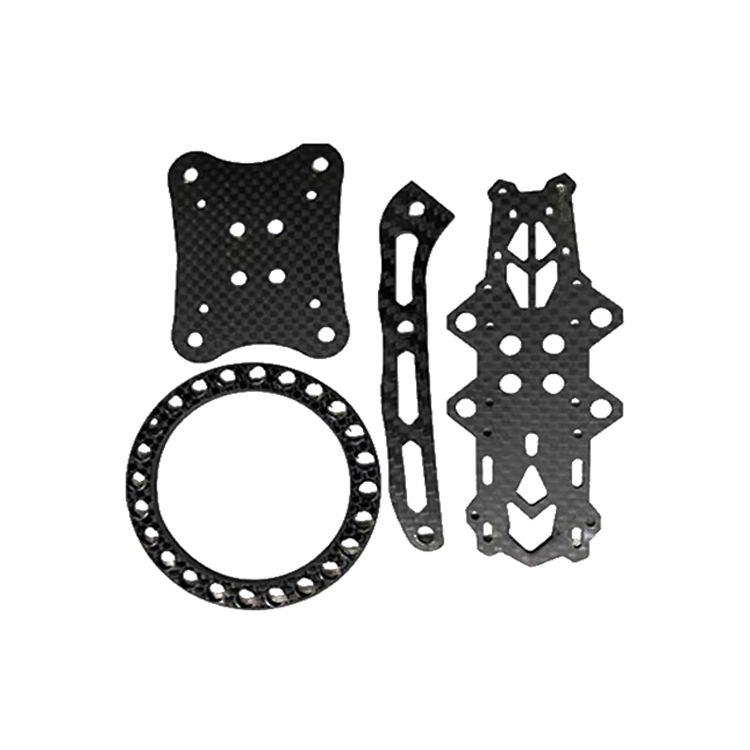Metal Fabricated Parts
Please click the button below to contact us.
Introduction:Metal Fabricated Parts refers to parts or components that are processed into specific shapes and functions by various metal processing processes such as cutting, welding, bending, stamping, etc.
Product Description
Metal Fabricated Parts refers to parts or components that are processed into specific shapes and functions by various metal processing processes such as cutting, welding, bending, stamping, etc. These parts are widely used in many industrial fields such as construction, automobiles, aerospace, and machinery manufacturing, and are an indispensable and important part of modern industrial manufacturing.
Product Features
Diverse Metal Materials
Metal Fabricated Parts can be made using a variety of metal materials, including carbon steel, stainless steel, aluminum alloy, copper alloy, etc. Different metal materials have different physical and chemical properties and can meet the needs of various application scenarios. For example, stainless steel has good corrosion resistance and is suitable for food processing and medical equipment; aluminum alloys are widely used in aerospace and automobile manufacturing for their light weight and high strength.
Precision Machining Technology
The production of Metal Fabricated Parts usually involves advanced processing technologies such as CNC cutting (CNC), laser cutting, CNC bending, precision welding, etc. These technologies can achieve complex geometric shapes and high-precision processing requirements, ensuring the dimensional accuracy and surface quality of parts. For example, laser cutting technology can accurately cut complex contours, while CNC bending can ensure the precise angles and sizes of parts.
High Strength and Durability
metal fabrication parts connect metal materials together through heat or pressure to form a strong structure. This connection method not only provides high strength and durability, but also can withstand extreme environmental conditions such as high temperature, high pressure and mechanical stress. Therefore, metal fabrication parts play a key role in industries such as aerospace, automotive, and oil and gas, ensuring the safety and reliability of products.
Customized Solutions
Many manufacturers offer customized metal fabrication parts that can be produced according to customers' specific needs and design requirements. This customized service enables metal fabrication parts to meet a variety of complex application scenarios, from simple metal frames to complex mechanical components, which can achieve precise manufacturing and assembly.
Strict Quality Control
The production process of metal fabrication parts usually includes a strict quality control process. From the inspection of raw materials to the testing of finished products, every link is strictly tested for quality to ensure the performance and reliability of the parts. Many manufacturers are also certified to international standards (such as ISO 9001), further ensuring the high quality and consistency of their products.
Application Areas
Construction Industry
In the construction field, metal fabrication parts are used to construct basic building elements such as bridges, steel structural frames of high-rise buildings, metal roofs, stairs, etc. These parts need to have not only high strength and stability, but also meet the requirements of aesthetics and durability. For example, the steel beams and supporting structures of bridges are manufactured through precise welding to ensure that they can withstand huge loads and harsh environmental conditions.
Automotive Industry
The automotive industry is one of the important application areas for metal manufacturing parts. From automobile body frames, chassis to exhaust systems and other components, they all rely on metal manufacturing processes to achieve high-strength and lightweight structures. MIG welding and TIG welding are widely used in automobile manufacturing, which not only improves production efficiency but also ensures welding quality.
Aerospace Industry
The aerospace industry has extremely strict requirements for metal manufacturing parts. Aircraft fuselages, wings, engine components, etc. all require the use of high-precision manufacturing technology to ensure structural integrity and safety. Advanced welding technologies such as TIG welding and electron beam welding (EBW) play an important role in the aerospace field, enabling lightweight and high-strength structural design.
Machinery Manufacturing Industry
In the machinery manufacturing industry, metal manufacturing parts are used to produce various mechanical equipment and tools. These parts need to have high strength, wear resistance and corrosion resistance to meet the needs of industrial production. For example, the frames and mechanical arms of industrial robots are made of metal, which ensures their stability and reliability in complex operations.
Cleaning and maintenance
Daily cleaning
The main purpose of daily cleaning of metal manufacturing parts is to remove dust, oil and processing residues on the surface. Using a soft cloth or sponge with a mild detergent to wipe can effectively remove surface stains. For areas that are difficult to clean, a soft brush can be used for local cleaning, but be careful to avoid scratching the surface of the parts.
Regular inspection
Regularly check the connection parts and processing surfaces of the parts to ensure that there are no cracks, looseness or other damage. If problems are found, they should be repaired or replaced in time to ensure the safety and reliability of the parts. For some key components, such as metal manufacturing parts for aerospace and medical equipment, regular non-destructive testing (such as X-ray testing, ultrasonic testing, etc.) is recommended to ensure the quality of the parts.
Anti-corrosion treatment
In order to extend the service life of metal manufacturing parts, anti-corrosion treatment is essential. According to the use environment and material characteristics of the parts, choose a suitable anti-corrosion coating, such as paint, galvanizing, sandblasting, etc. These anti-corrosion measures can effectively prevent parts from rusting and corroding, especially in humid or corrosive environments.
FAQs
Q1: How long does it take to produce Metal Fabricated Parts?
A1: Production time depends on the complexity of the part, the type of material, and the order quantity. Generally speaking, simple metal fabricated parts may be completed in a few days, while complex customized parts may take several weeks.
Q2: What is the minimum order quantity for metal fabricated parts?
A2: Different manufacturers have different minimum order quantity requirements. Some manufacturers provide small batch customization services without strict minimum order quantity restrictions. However, for mass production orders, the minimum order quantity may vary depending on the manufacturer's production capacity.
Q3: Can metal fabricated parts be surface treated?
A3: Yes, metal fabricated parts can be subjected to various surface treatments according to customer needs, such as painting, galvanizing, sandblasting, etc. These surface treatments can not only improve the aesthetics of the parts, but also enhance their corrosion resistance and wear resistance.
Q4: How is the quality of metal fabricated parts guaranteed?
A4: Manufacturers usually adopt strict quality control processes, including raw material inspection, quality monitoring during production, and finished product inspection. In addition, many manufacturers are certified to international standards (such as ISO 9001), further guaranteeing the high quality and consistency of their products.
Q5: Can metal fabricated parts be used in outdoor environments?
A5: Yes, metal fabricated parts can be used in outdoor environments through proper anti-corrosion treatment and material selection. For example, using stainless steel or aluminum alloy materials and applying painting or galvanizing can effectively prevent parts from rusting and corrosion in outdoor environments.

